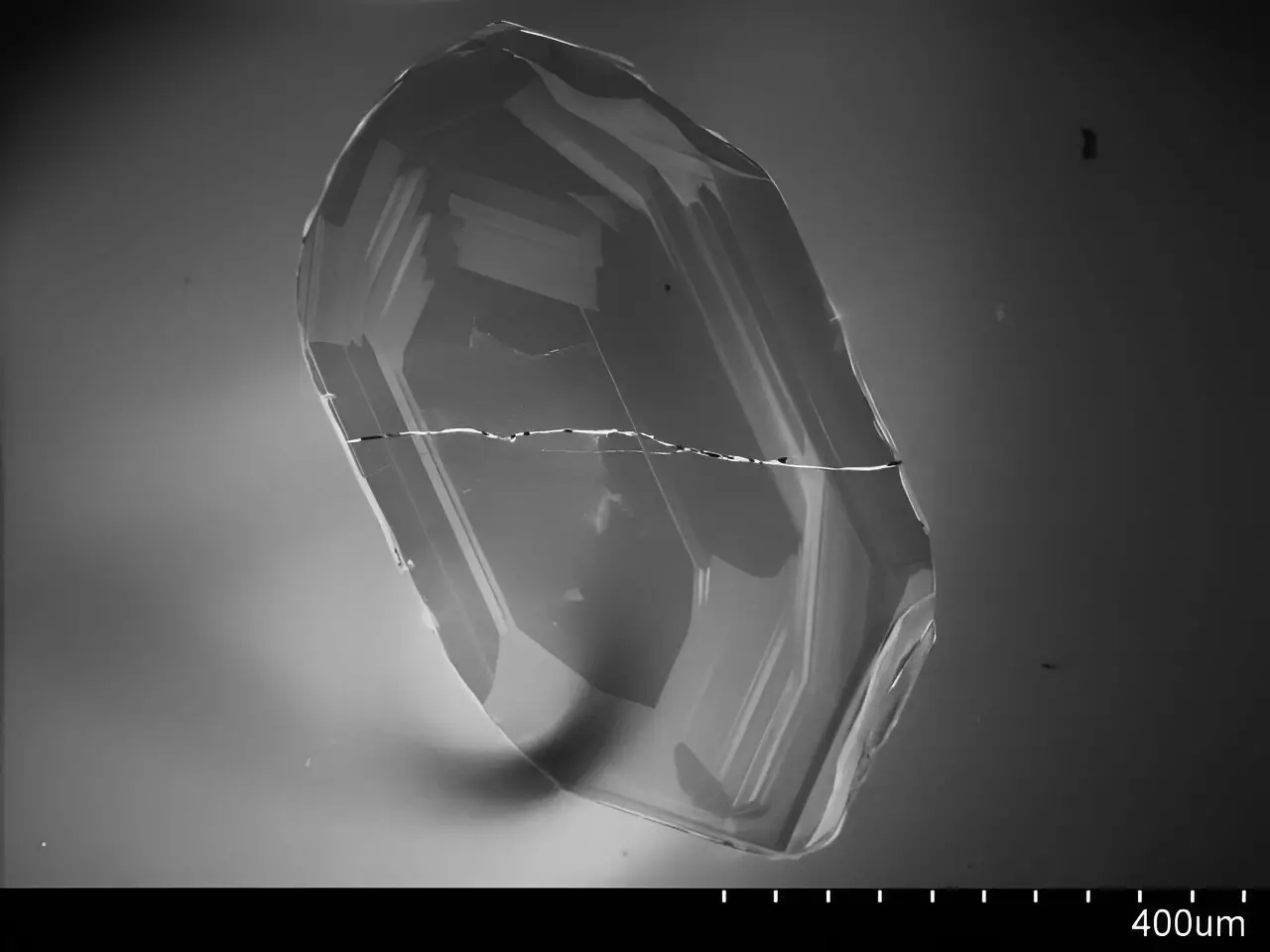Recent research has unveiled a captivating perspective on the evolution of plate tectonics, suggesting that the dynamics that shaped our planet four billion years ago bear striking similarities to the processes we observe today. This groundbreaking study, published in the Proceedings of the National Academy of Science, challenges previously held notions about early geological processes. The team of researchers, led by Emily Mixon from the University of Wisconsin–Madison, embarked on a mission to analyze ancient zircons from some of the Earth’s oldest crustal remnants, revealing a complex tapestry of tectonic interactions during a time when life was just beginning to take shape.
Zircon minerals—known for their extraordinary durability and resistance to chemical changes—served as the focal point of this investigation. The researchers targeted two specific geological formations: the Saglek-Hebron Complex and the Acasta Gneiss Complex, both dating back approximately 4.0 to 2.7 billion years. By scrutinizing these ancient zircons, the team1 uncovered that rather than a simplistic linear progression of tectonic styles, a diverse array of tectonic activities coexisted. This revelation indicates that tectonic mechanisms have always been multifaceted, suggesting that the geological forces driving landmass movements were acting in varied ways—similar to what we observe in the modern context.
This study posits that the dynamic nature of plate tectonics has crucial implications not only for Earth’s geology but also for its biological history. Mixon’s statement highlights the pivotal role of plate tectonics in the carbon and water cycles, asserting its importance in facilitating conditions conducive to life. By understanding the complexities of early tectonic movement, scientists can draw parallels to the present and assess how these ancient mechanisms may have influenced the emergence and evolution of life on Earth. The interplay between geological activity and biological development raises significant questions about the potential for life on other planets, especially those that might exhibit similar tectonic features.
Broader Implications on Planetary Development
The findings from this study don’t merely enhance our understanding of Earth’s geological past; they also offer a model for assessing the tectonic development of exoplanets. As scientists search for habitable worlds beyond our solar system, comprehending Earth’s tectonic evolution becomes essential. It provides key insights into how diverse tectonic activity might manifest on other planets and how those dynamics might create environments where life could flourish.
The revelations stemming from this recent research mark a significant departure from traditional interpretations of early plate tectonics. The vibrant complexity that characterized Earth’s geological history four billion years ago underscores the intricate relationship between tectonics and the biosphere. As future studies build upon these findings, our narrative of Earth’s geological and biological evolution continues to deepen, reshaping our understanding of planetary development in the cosmos.


Leave a Reply